calsfoundation@cals.org
Alco (Stone County)
Alco is an unincorporated community in Locust Grove Township on Highway 66 between Timbo (Stone County) and Leslie (Searcy County), about fourteen miles west of Mountain View (Stone County), the county seat.
At the invitation of the Cherokee in 1817, Shawnee from the Ohio River Valley entered the Ozark Mountains and settled west of the White River on Crooked Creek, with their main settlement at Shawneetown, what is today Yellville (Marion County). The Cherokee may have expected the Shawnee to aid them against the Osage. Shawnee villages could also be found in the Livingston and Sylamore Creek valleys along the White River and along Bear Creek in Searcy County. The role played by the Shawnee Cornstalk family in Searcy County is still being researched, but the Avey family of Alco and Big Springs (Stone County) claims a family connection with the Shawnee Cornstalks. According to certain Silas Turnbo manuscripts, John Avey was one of the first settlers at the mouth of the Buffalo and White rivers in northern Arkansas. One of his grandsons, Daniel Peter Avey, is buried in the Alco Cemetery.
Between 1840 and 1850, post offices were opened in Wiley’s Cove, Locust Grove, and Point Peter in Searcy County. The post office in Locust Grove opened in 1846, with Robert Cagle appointed postmaster. It closed in 1867.
The oldest grave in the Alco Cemetery is that of a child named Tubbs, whose family was traveling through the area. When their son died, they buried him by the side of the road. The grave dates from about 1859. Other pioneer families buried in the Alco Cemetery are Allred, Barnes, Bradshaw, Branscum, Clark, Copeland, George, Gilbert, Kerley, Lee, Long, Martin, Mills, Passmore, Purdom, Rainbolt, Richardson, Sisk, Trammell, and Treat.
Before Stone County was created on April 17, 1873, Locust Grove Township, where Alco is now located, was in Searcy County. This area was a hotbed of anti-secession sentiment, with the formation of the Peace Society in 1861. Leaders of the movement maintained that they opposed the Civil War and wished to remain neutral, but the new Confederate government of Arkansas looked upon the leaders and members as traitors. As many members as could be caught were rounded up by Colonel Samuel Leslie, head of the Searcy County militia. In December 1861, seventy-eight men were chained together and marched from Burrowville—present-day Marshall (Searcy County)—to Little Rock (Pulaski County).
Two of the oldest burials in the Alco Cemetery are those of Caleb Hugh Mills and his daughter Amanda. Nola Morrison of Timbo and Dale Lee recount what happened to the father and daughter: Caleb supported the Union. On February 16, 1864, irregulars wearing Union uniforms for disguises invaded his home in Alco, torturing him by burning his feet to make him tell where his valuables were hidden. When he refused to talk, he was shot. When his daughter Amanda tried to assist her father and her mother, who was holding a three-week-old child, she was shot by the jayhawkers and died two days later. The family and friends moved to Lawrence, Kansas, for the duration of the war.
The Alco Post Office was established in 1878, with Francis Marion Richardson appointed first postmaster. According to local Alco historian Dale Lee, early settler Caleb Mills had brought honey locust trees with him from Walker County, Georgia, to plant on his homestead. When the post office was approved in 1878, Richardson submitted the name Locust Grove but was informed there was already a post office in Arkansas bearing the name. The U.S. Postal Service thereby assigned the name Alco. It may have been the name of a post office official.
In the early 1900s, Alco had a mule-drawn merry-go-round owned and operated by Leo Richardson and Lum Passmore. People came from miles around to ride the merry-go-round and would often hold picnics and other gatherings in the nearby woods.
The old Alco two-room school building, which was later converted into a private residence, was listed on the National Register of Historic Places on September 4, 1992. Grades 1–5 met in the north room, and grades 6–9 met in the south room. The school was constructed in 1938 by the National Youth Administration (NYA), a Depression-era federal project similar to the Works Progress Administration (WPA). In 1949, a new district was formed called Stone County School District No. 1. Alco students began going to Timbo School in 1950. Timbo schools consolidated with the Mountain View School District in 2004, but the community retains its own elementary and high schools.
Besides the Alco School, a main landmark in Alco is the Newton Sutterfield Homestead located on Horton Hill Road. Believed to have been built about 1850, the homestead is one of the few pre–Civil War structures in Stone County to survive from Civil War days. The house has been on the National Register of Historic Places since May 20, 2003. It is a single-story double-pen log building. There is a porch across the front that shelters separate entrances to each pen. The structure has weatherboard siding and a gable roof.
At one time, Alco had two general stores. One burned after it closed and was being used for a residence. An elderly man living in the old store died in the fire. The other one was owned and operated for many years by Gordon Lloyd Napoleon Posey Rice and his first wife, Dovie Lee, and then second wife, Paralee. The store was also used as a polling place. At one time, the post office was part of the store. The general store closed with Gordon Rice’s death in 1967, but the structure was left standing. Alco’s post office closed in 2002. Today, the hamlet consists of farms and small ranches.
For additional information:
Clemons, Veda Mae, ed. Searcy County, Arkansas: A History of Searcy County, Arkansas. Marshall, AR: Searcy County Retired Teachers Association, 1987.
Davis, Michael A. “The Legend of Bill Dark: Guerrilla Warfare, Oral History and the Unmaking of an Arkansas Bushwhacker.” Arkansas Historical Quarterly 58 (Winter 1999): 414–429.
Johnston, James L. “Arkansas’ 1861 Peace Society.” Arkansas Family Historian 29 (March 1991): 13–29.
Lankford, George E. “Shawnee Convergence: Immigrant Indians in the Ozarks.” Arkansas Historical Quarterly 58 (Winter 1999): 390–413.
Lucas, Ann Davenport. “The Music of Jimmy Driftwood.” Mid-America Folklore 15 (Spring 1987): 27–41.
Turnbo, Silas C. Turnbo’s Tales of the Ozarks: Schools, Indians, Hard Times and More Stories. Edited by Desmond Walls Allen. Conway, AR: Arkansas Research, 1987.
Kenneth Rorie
Van Buren, Arkansas
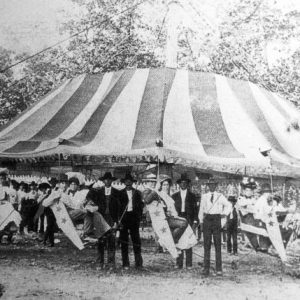 Alco Merry-Go-Round
Alco Merry-Go-Round 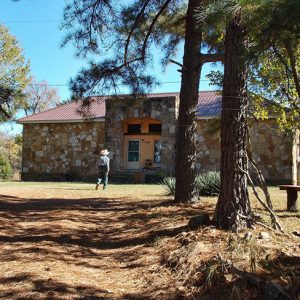 Alco School
Alco School  Alco Store
Alco Store 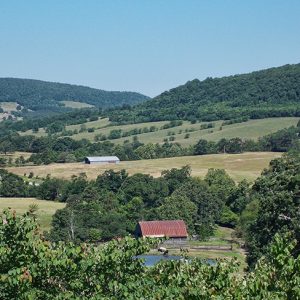 Alco Valley
Alco Valley 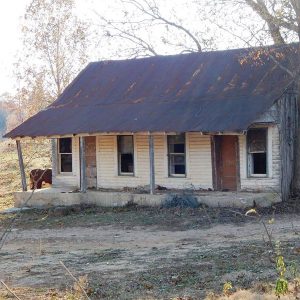 Newton Sutterfield Farmstead
Newton Sutterfield Farmstead 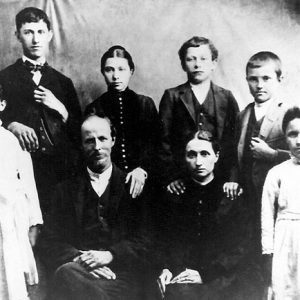 Richardson Family
Richardson Family 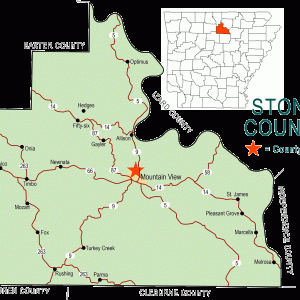 Stone County Map
Stone County Map 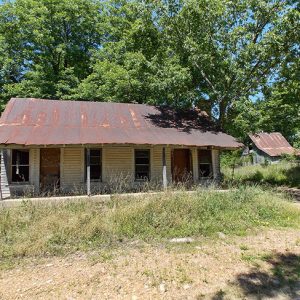 Sutterfield House
Sutterfield House 



Comments
No comments on this entry yet.